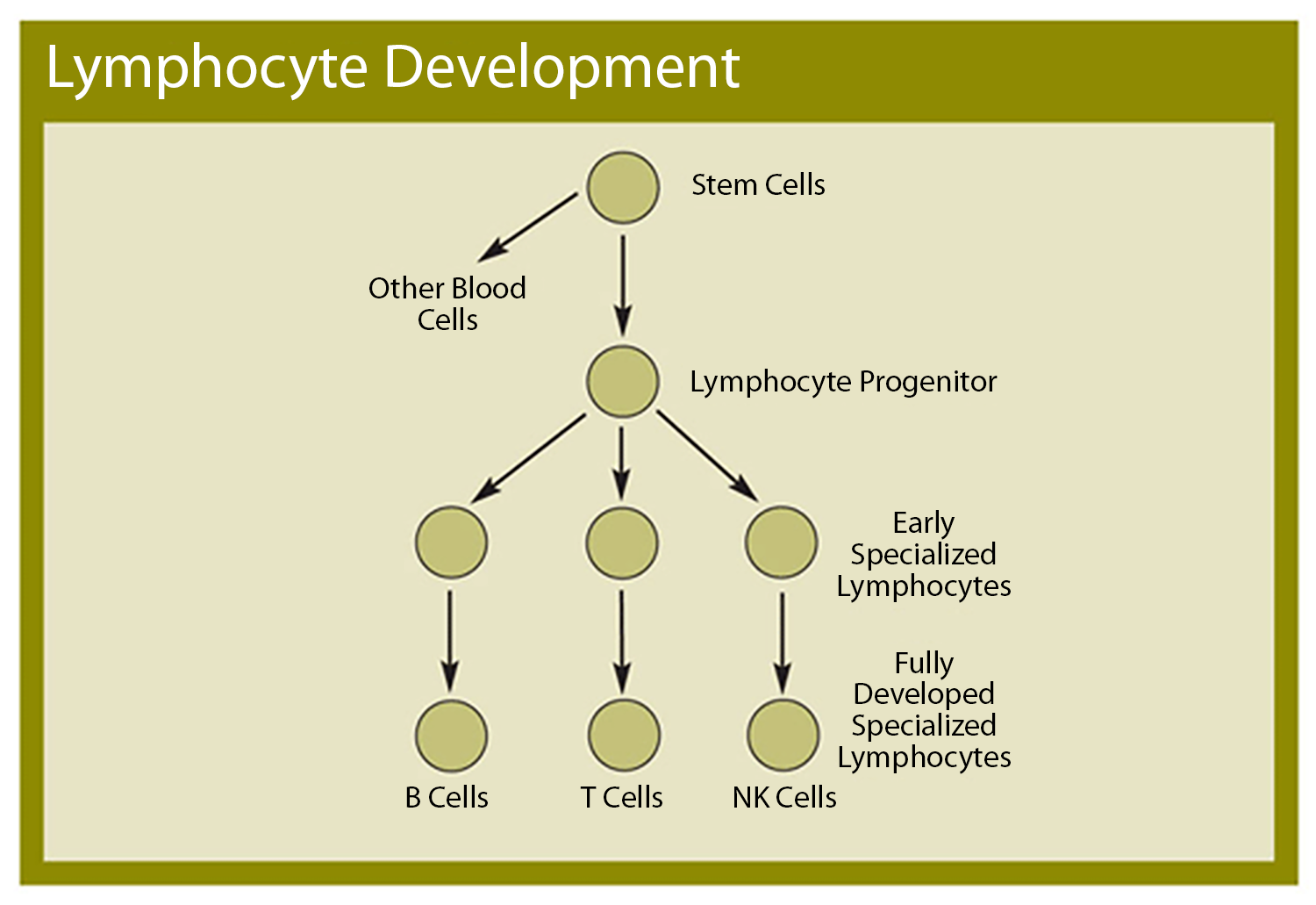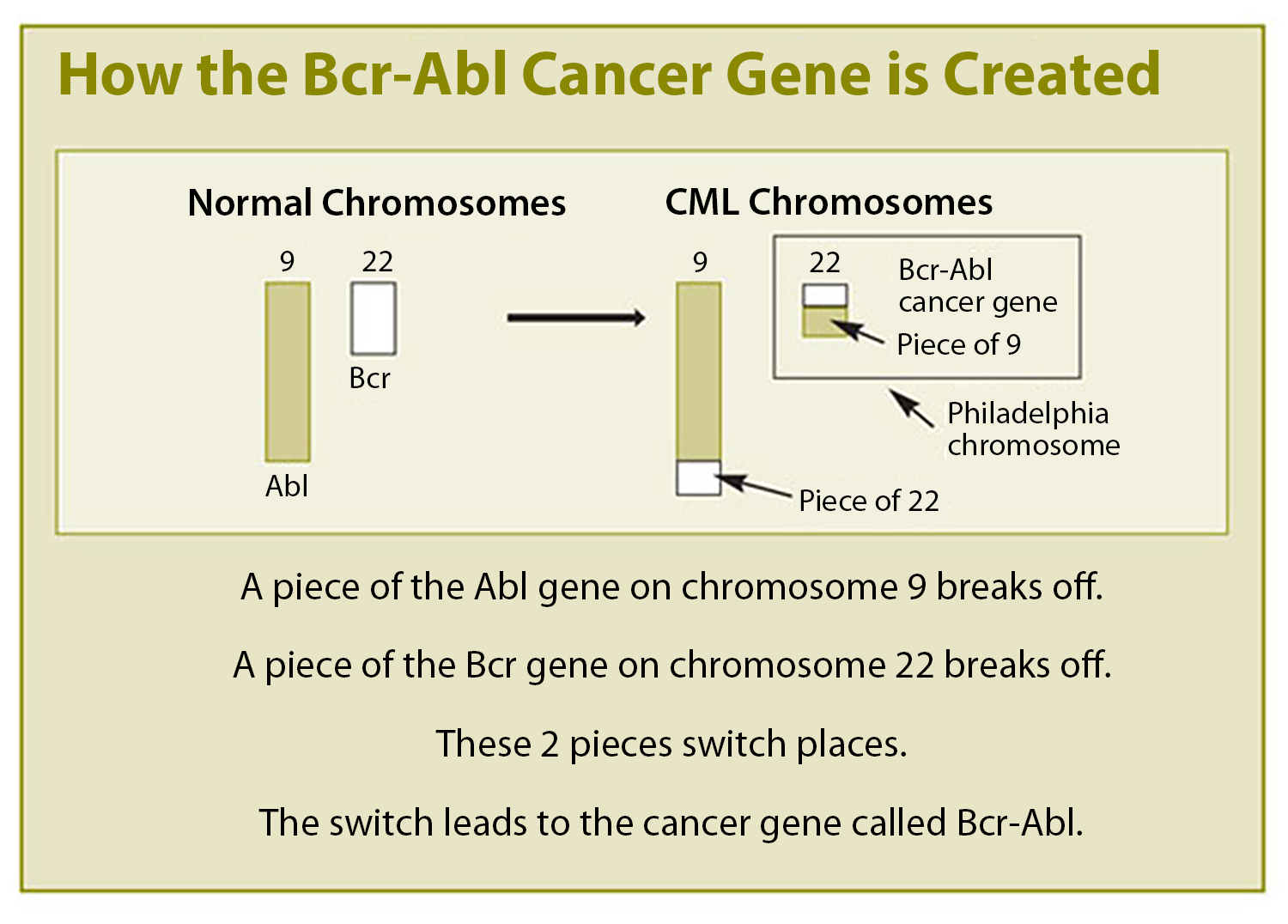A small compilation of nurse anesthesia care plans
These anesthesia care plans are meant to inspire nurse anesthesia residents when they are making their care plans. Always make sure you fully understand and "own" your care plan. Your plan must be specific for your patient and should always be with the most up-to-date information.
Leukemia
Leukemia is a group of malignant cancers of the bone marrow and blood. There are four main types: acute lymphocytic leukemia, acute myelogenous leukemia, chronic lymphocytic leukemia, and chronic myelogenous leukemia.
Lymphocytic or lymphoblastic indicates that the cancerous change occurs in a type of marrow cell that forms lymphocytes. Myelogenous or myeloid suggests that the cell change occurs in a kind of marrow cell that usually forms red cells, some white cells, and platelets.
Acute Lymphocytic Leukemia (ALL)
Also known as acute lymphoblastic leukemia and acute lymphoid leukemia
Most common type of leukemia in children under age 15. The risk of getting ALL increases in people ages 45 and older. Most children are cured after treatment
Blood and bone marrow tests are done to look for leukemia cells
Signs and Symptoms
- Aches in arms, legs, and back
- Black-and-blue marks for no apparent reason
- Enlarged lymph nodes
- Fever without obvious cause
- Headaches
- Pale-looking skin
- Pinhead-size red spots under the skin
- Prolonged bleeding from minor cuts
- Shortness of breath during physical activity
- Tiredness
- Vomiting
Treatment
Chemotherapy
Two parts of treatment for ALL are called induction therapy and post-induction therapy.
- Induction therapy aims to kill as many cells as possible, restore blood counts to normal, and eliminate all signs of the disease for an extended period (remission).
- Post-induction therapy is given in cycles for two to three years to catch ALL cells not found earlier.
Side effects
Anemia
Thrombocytopenia
Infection due to a drop in white blood cells
Chemotherapy affects body parts where new cells form quickly (mouth, bowel, skin, hair). It causes N/V, ra. It can also cause hair loss, diarrhea, and mouth sores.
Chronic Lymphocytic Leukemia (CLL)
The change occurs in a B lymphocyte in 95% of people with CLL. In the other 5%, the cell that transforms from normal to leukemic has the features of a T lymphocyte or an NK cell. Usually, age >60
Some signs and symptoms of CLL include
- Tiring more easily
- Shortness of breath during everyday activities. More CLL cells than healthy red cells
- Swollen lymph nodes or spleen. High numbers of CLL cells can gather in the lymph nodes or spleen as the number of CLL cells grows
- People with a very high number of CLL cells building up in the marrow may have repeated infections of the skin or other parts of the body. CLL cells cannot fight infection as well as healthy lymphocytes
- Weight loss
- Aches, fever, or night sweats
Treatment
Watch and wait approach
Blood work/bone marrow aspiration for baseline
Combination chemotherapy and/or monoclonal antibody therapy (immune proteins made in the lab. They aim for a specific target on the surface of the CLL cells)
Splenectomy is helpful for some people with CLL if the spleen is significantly enlarged because of the disease
Acute Myelogenous Leukemia (AML)
Also known as Acute Myeloid Leukemia
The risk of getting AML increases with age; 1:5 of children with leukemia have AML
At least half of patients are over 65 years old when their disease is diagnosed - note co-morbidities such as diabetes, heart, lung, and/or kidney disease
Blood and bone marrow tests to diagnose AML - eight subtypes of AML
Risk factors
Down syndrome and other uncommon genetic disorders, such as Fanconi anemia and Shwachman-Diamond syndrome and others, are associated with an increased risk of AML
- Fanconi anemia
- Recessive disorder, leading to bone marrow failure
- Early age risk of AML, head, neck, gynecological, and/or gastrointestinal squamous cell carcinomas
- Shwachman-Diamond syndrome
- A rare genetic, autosomal recessive disease that mainly involves the pancreas, bone marrow, and skeleton
- Next to Cystic Fibrosis, it is the most common cause of pancreatic insufficiency in children
- Usually, they have a decreased ability to digest food because the cells of the pancreas, in which digestive enzymes are produced, do not work properly
Some types of chemotherapy
Radiation therapy is used to treat other cancers
Tobacco smoke
Exposure to large amounts of benzene (a widely used chemical formed from both natural and manufacturing processes)
Signs and symptoms
- Tiredness or no energy
- Shortness of breath during physical activity
- Pale skin
- Swollen gums
- Slow healing of cuts
- Pinhead-size red spots under the skin
- Prolonged bleeding from minor cuts
- Mild fever
- Black-and-blue marks (bruises) with no apparent cause
- Aches in bones or knees, hips, or shoulder
Treatment
Chemotherapy
There are two parts of AML treatment: induction therapy and consolidation therapy (consolidation therapy may include chemotherapy with or without an allogeneic stem cell transplant or autologous stem cell transplant)
About four out of five children with AML go into remission. Allogeneic stem cell transplants may be used in children who are not doing well. (Strong doses of chemotherapy can be given to kill more AML cells where after the patient receives the donor, immune cells attack any remaining AML cells)
Transplant and other treatments can cause long-term or late effects involving a child's growth, hormones, heart, and other parts of the body
Chronic Myelogenous Leukemia (CML)
Most CML patients are adults
The Bcr and Abl genes combine to make the CML-causing gene called the Bcr-Abl cancer gene
Blood and bone marrow tests
Three phases of CML
The chronic phase
- White cells can still fight infection
- Most patients are diagnosed in this stage
The accelerated phase
- Anemia, increased # of blast cells (immature)
- Spleen may swell
- Pt may feel ill
The blast crisis phase
- Increased number of blast cells in marrow and blood
- Decreased number of RBC and Platelets
- May feel tired, SOB, stomach pain, bone pain
Symptoms
- Tiring more easily
- Shortness of breath doing usual day-to-day activities
- Pale skin color
- Enlarged spleen leading to a "dragging" feeling on the upper left side of the abdomen
- Night sweats
- An inability to tolerate warm temperatures
- Weight loss
Treatment
Dependent on the phase of CML
Allogeneic stem cell transplantation is the only curative treatment for CML - 7:10 is cured, most success in younger pts
It may be considered for people up to about 60 years of age who have a matched donor and who do not have a good response to oral drug treatment
QT prolongation with Gleevec, Sprycel, and Tasigna
Anesthetic considerations
- Overall goals are pt immobility, rapid onset, brief duration, and fast recovery
- Decreased oxygen-carrying capacity due to lack of red blood cells
- Look for QT prolongation if the patient is treated with Gleevec, Sprycel, or Tasigna
- Avoid Ketamine as it can cause increased ICP, prolonged/unpleasant emergence, and nystagmus, which can influence the accuracy of radiation
- Sevo inhalation - may not need intubation
- Lengthy hospitalizations - pay close attention to patient wishes and family
- NPO status. Clear liquids 2 hrs preop to encourage nutritional intake. Milk and solids 6hr NPO
- Some may have increased ICP; avoid an increase in PaCO2. Post-radiation edema can cause increased ICP, which can lead to brainstem herniation - and mandates ET intubation and ventilation to induce hypocarbia
- Retching and vomiting can be provoked by radiation
- Organs influenced by chemotherapy - cardiac compromise
Associated risks
- PONV exacerbated by anesthesia, radiation, and stress - may already have nausea due to chemotherapy
- Central line sepsis
- Cerebral edema with an associated increase in ICP